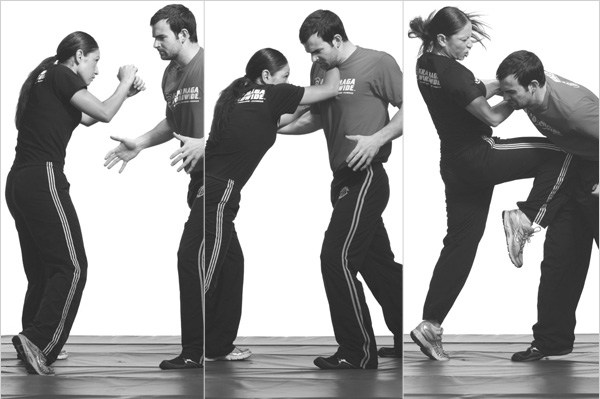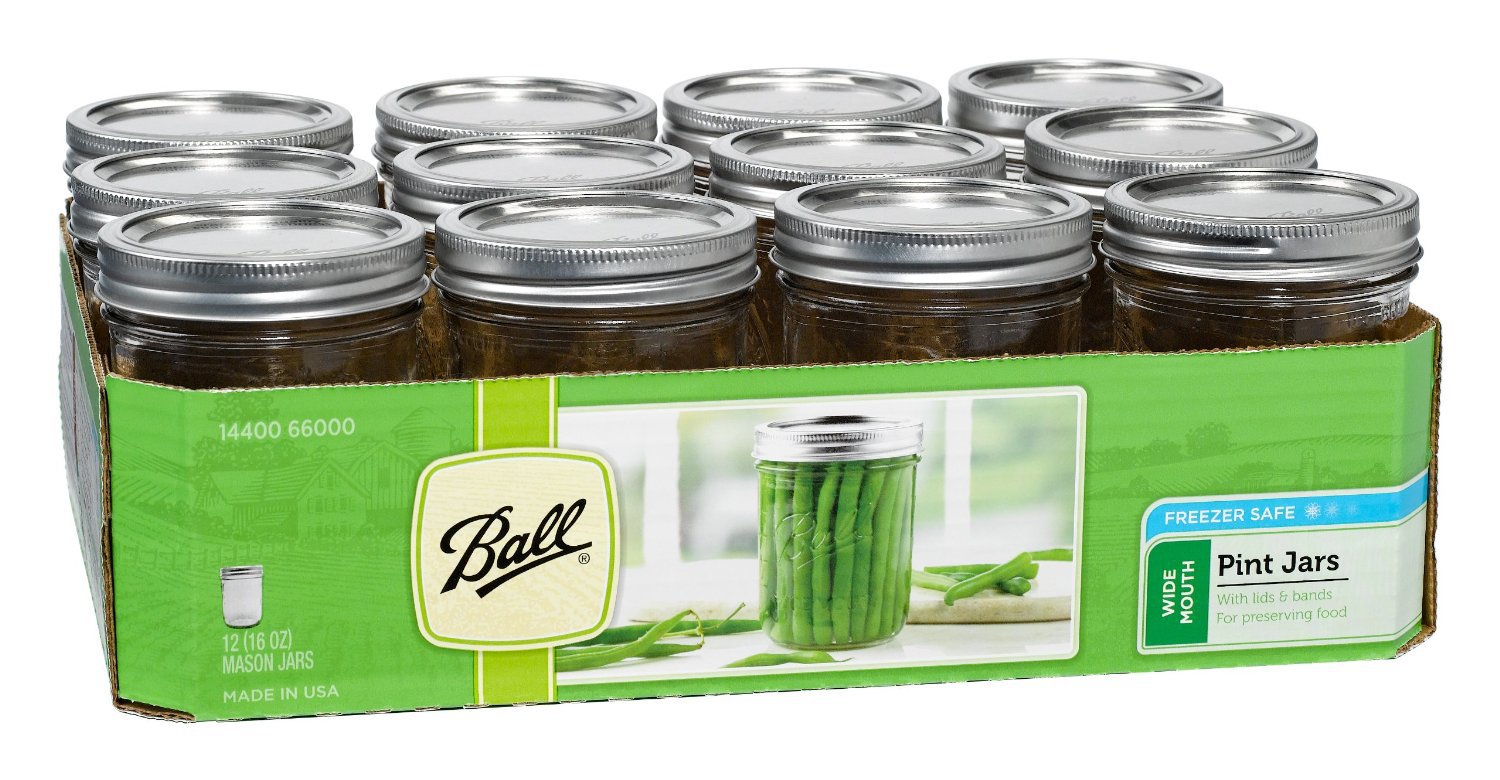Everything Depends on the Disaster
The central tenet of prepper websites is the unflinching belief that you need to be prepared for unexpected events. That statement on its face seems to be able to stand on its own, without receiving too much argument from anyone. Really who would say that it is ever better to be unprepared for disasters or catastrophic events? Common sense backs us believers up so the “be prepared” part of prepping is easy to digest and safe for almost everyone to get on board with. It is when we start discussing the “what” you should “be prepared” for that causes the splits, arguments and name calling. The physical act of being prepared no longer makes sense to certain people if the “what” is not something they either believe would ever happen or care about personally. As long as you are prepping for something they can see happening, or view as rational you aren’t crazy, but as soon as you mention something they find odd or out on the fringe, you have lost them and they get to discount everything you say from there on out.
At least that is what I have been able to observe over the years I have been prepping and if I am being honest, somewhere in the back of my mind I do this too, but on a much different level. There are some prepper motivations that I think are highly unlikely myself and when I hear people prepping for these events, I usually cock my head a little sideways and look at them with that patronizing smile on my face that I have been on the receiving end of as well. If you tell me you are prepping for an alien invasion then I might look at you slightly differently.
On the other hand, there is a broader universe of events I do consider valid or at least more possible than I did when I started prepping. I might draw the line at some of the outer ranges of unlikely events, but I think that most of the reasons people give for prepping aren’t that insane to me anymore. Events that to your average soccer mom might seem like sheer lunacy; I like to think I can look at with a more open mind and see the possibilities from the perspective of the prepper who believes these events could happen. Maybe it is because I blog about prepping topics almost daily that I can appreciate the viewpoints of my audience a little more than the average non prepper person, but I like to think that it isn’t simply that I am trying to be more inclusive for the sake of readership; it’s just that I believe that I don’t know everything and I certainly don’t have all the answers. Who am I to say anyone is crazy?
 Will the real Survival Experts please stand up
Will the real Survival Experts please stand up
All of the arguing around the best way to go about prepping invariably begins because one or more people believe that someone doesn’t know what they are talking about. I guess another way of putting it is that some people think they know more or possess more qualifications than the person that holds the beliefs they disagree with. This is most evidenced in 3 main prepping areas. Firearms, Government abuse and the Economic woes.
There have been countless articles written about firearms from the perspective of the hobbyist, hunter, soldier, law enforcement, instructor, target shooter and yes, the prepper. I have written a few pieces myself on various subjects like the best gun for home defense and the top 5 firearms you need to get your hands on now. Both of these articles have spawned a great discussion on the advantages and disadvantages of each in numerous scenarios. Additionally, they have both been linked from other websites and re-posted on other blogs and forums. Most of the time, the comments are great, but it never fails that there are at least a few people when it comes to articles like this who say words to the effect that “sounds like it was written by an internet expert”.
Before I go on I should say that I do not consider myself an expert on anything and I am pretty sure I have not positioned myself as an expert at anything I have written or commented on. I do have experience and military training, but I don’t believe I puff out my chest about any of my credentials and try to go out of my way in saying what my experience is on any given subject in advance.
That being said, I wonder what qualifications the people who make comments like this have. Surely, to denigrate someone’s opinion from the safety of a forum post or comment field must mean that your knowledge or skills are vastly superior and that may very well be the case but does it matter? It caused me to wonder two things though. First, who are the survival experts we should be listening to? Who would be qualified to tell anyone the best firearms to have in all circumstances if the grid went down? Would someone who was a police officer be an expert? Would someone who has been on a Reality TV show and can eat bugs be an expert? Surely, anyone who has written a book would be qualified, right? Any soldier who has been overseas in conflict would be an expert, without question, correct? I know there are people who have been around guns a lot more than I have. There are people who can break down an AK47 and put it back together blindfolded, hanging upside down in a sewer after not eating for 7 days. I know a guy who has run a survival blog for years so everything he says must be absolutely correct, right? Those people are the real experts, aren’t they?
I think on most prepper topics it comes down to what you are talking about , how many opinions people have on the subject at hand and whether or not they agree or disagree with what you are saying. Some topics are virtually never controversial on the other hand. Take canning for instance. Canning is pretty simple and there are a few things you have to know and do, but the overall process is the same for the same vegetables generally speaking. If someone is going to argue with what you are saying about how you can, they will usually point to some factoid about how the process will or won’t work. Using a different example of the fear of impending Government tyranny let’s say, we are talking about hypothetical scenarios almost 100% of the time. In many cases, these are events that have not happened, but many can see the writing on the wall based upon current events and historical precedent. What can or will happen is anyone’s guess and our best guess is what each of us brings to the table based upon our experiences and information at the present time. You have guesses from writers, bloggers and people everywhere in the comments of various forums. You will have people who steadfastly disagree with what you are saying for a whole host of reasons. At this point you become the idiot because they don’t believe what you do. You are officially an internet expert.
Who is qualified to give prepping advice?
Don’t get me wrong, I think the survival gurus have some very specialized skills that we can all learn from , but those are usually from the perspective of getting stranded or lost in the wilderness. That is probably one of the most avoidable fates I can think of with a little planning and on some level, their type of survival is not what we are talking about when we are discussing the subject of prepping.
I think the best resources to go to for the broader subject of prepping present a wide spectrum of thought and information about a variety of topics that we can logically envision needing to know about when times get tough. This is rarely to mandate one and only one way to do anything, but provide a lot of different information so that you can choose what works for you. When it comes to any warnings, a good source of information will explain situations they see happening and usually offer up some rationale for why they believe the way they do. Does this mean that everything they say is 100% accurate? We will never know unless the event they were talking about comes to pass. It doesn’t mean that what they say is wrong simply because I or anyone else disagrees with it either. It doesn’t mean it won’t happen if it hasn’t yet or “Experts say it is highly unlikely”, thank you very much Doomsday Preppers. The real experts, not the internet kind have been wrong before.
In lieu of someone who has physically been through every single imaginable event known to the prepping universe and can speak to every conceivable situation on gear and recommendations, someone like Selco who survived through the Balkan war comes to mind. He has a one year in hell course that describes what he lived through and if you want to point to someone who could come close to being called an expert (in SHTF living in the Balkans during that conflict) my vote would be for him. For the rest of us internet experts who have never come close to anything like that, we are all giving our best guesses based upon our training and experiences and common sense. You know what? We won’t all be wrong either.
There is no college degree for Prepping. Prepping isn’t something you can apprentice in and after many years work your way up to your Master Prepper license that can sit framed on your living room wall. There really is no right way or wrong way to prep and nobody knows what the future holds. Most of the people who call themselves preppers are trying to prepare for a single something but what they do and how they prepare might be different than what you do if the disaster is different. If they live in a country that doesn’t allow guns, they might view how you prep as abnormal when you talk about stocking up on ammo. If you live in the country and are prepping to survive a tornado, what you do will be different than a city dweller preparing for riots. Everything depends on the disaster. Prepping by its very nature gets you prepared for a myriad of events you may not have ever dreamed of. It is the diversity of preparedness that will strengthen your family’s ability to weather unexpected events safely with as little disruption as possible. There is no way to reasonably cover every conceivable natural or man-made event that could happen to you, but regardless of what happens, if you have the basics of survival, your family will be so much better off. Who cares if aliens never land as long as you have supplies and a plan to survive when the next hurricane comes ashore? It doesn’t matter what actually lands that poses a threat, as long as you are prepared.
What should you focus on?
I think the best advice I as a non-expert can give you is to focus on what isn’t arguable. Focus on what your family as human beings need to live and that is water, food, shelter and security. If you have that taken care of, the event that causes you to rely on those preps is secondary. I do have a lot of people who will back me up on this one though. The survival and gun forum experts might have something to say, but we will leave that for my next post on firearms.
Thank you for reading; I’ll try my best never to steer you wrong.
The central tenet of prepper websites is the unflinching belief that you need to be prepared for unexpected events. That statement on its face seems to be able to stand


 Will the real Survival Experts please stand up
Will the real Survival Experts please stand up





 If my hypothetical TEOTWAWKI event is a global economic collapse that thrusts the entire world into something worse than the great depression, I would have an Extrinsic Motivation to avoid going broke, to find a job, to provide for my family. By the same token, I would feel personally rewarded if I was able to survive during a depression while still taking care of my family. Whether the motivating force is external or internal I still am motivated to some action.
If my hypothetical TEOTWAWKI event is a global economic collapse that thrusts the entire world into something worse than the great depression, I would have an Extrinsic Motivation to avoid going broke, to find a job, to provide for my family. By the same token, I would feel personally rewarded if I was able to survive during a depression while still taking care of my family. Whether the motivating force is external or internal I still am motivated to some action.























